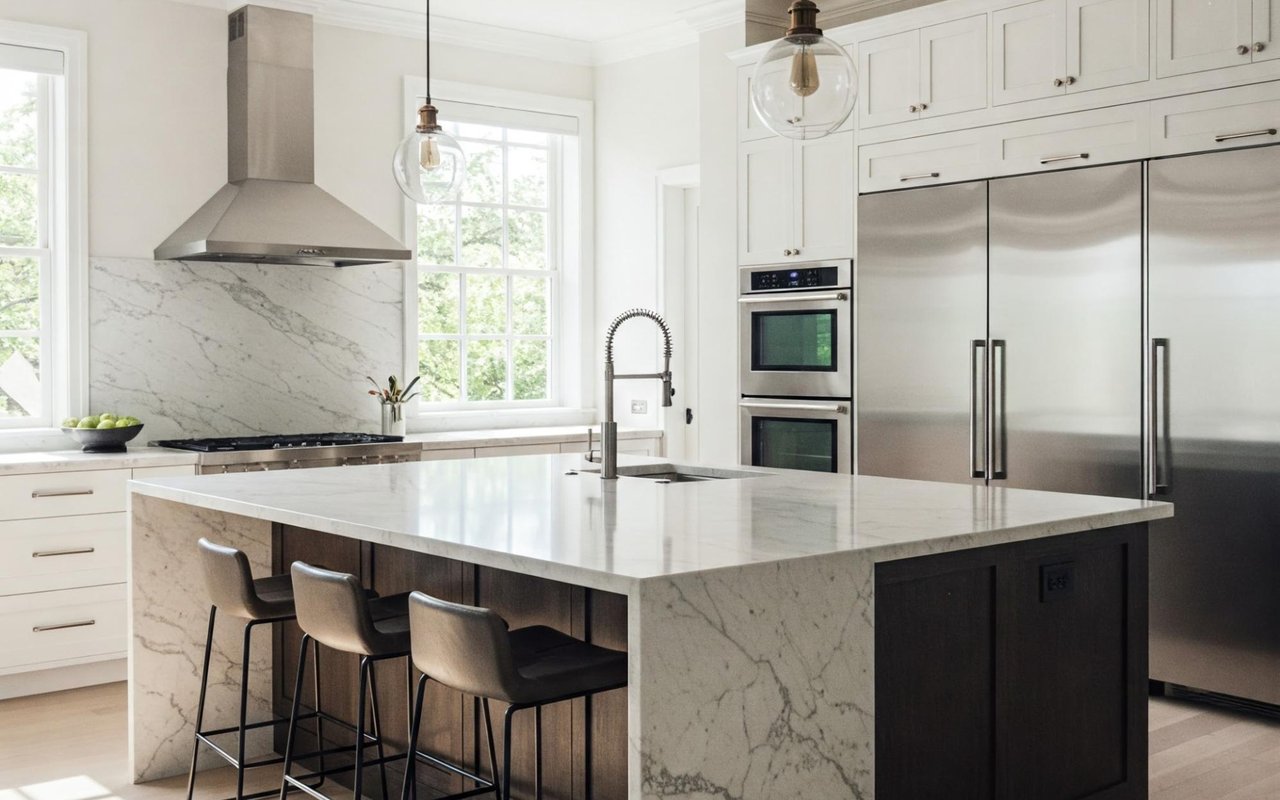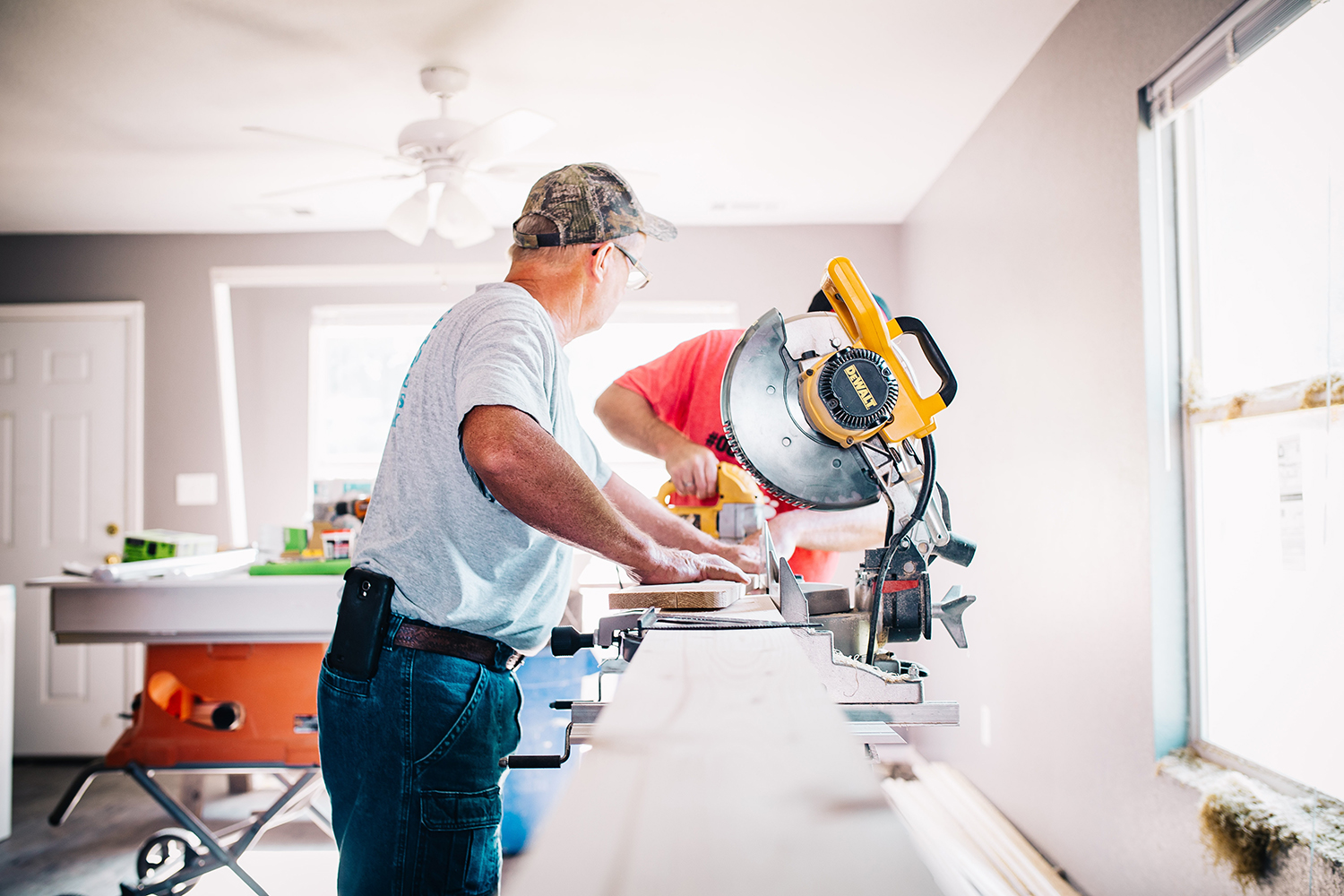One of the essential keys to reducing your heating and cooling costs is having your home well-insulated. So what is the best insulation for your home?
Mold
Foam insulation keeps mold out of walls. Mold occurs in walls with batt insulation because of the “thermal loop effect.” This is where the heat penetrates the exterior wall, coming in contact with the cooler interior surface of the drywall, causing moisture to form. Humidity above 25% can provide an environment for mold to grow. Spray foam blocks this heat transfer and has no air gaps in which moisture can form.
Foam is probably the best insulation for blocking air infiltration combined with high R-value. Installed by a professional, the price of spray foam varies depending on the thickness of the walls and type of foam. You can do some online research about how to find experienced New Orleans spray foam contractors if you are living in New Orleans and are interested in foam insulation.
Spray Foam
Foam insulation has two forms: Open and closed cell. Both are made from a polyurethane material and have different propellant agents added. Some are made from biodegradable materials, such as soybeans, to make the off-gases friendlier to the environment.
Spray foam insulation is probably the best overall insulation on the market if you can afford the cost. Foam insulation lowers your heating and your cooling loads when installed correctly. Additional benefits are the elimination of air infiltration, keeps out dust, mold, and allergens, and does not sag or deteriorate.
Open-cell Foam
Open-cell foam is used more in residential applications. It is less expensive to install and is easier to work with after it’s in place. The open cell allows water to penetrate, so it makes an excellent roof deck insulator. The benefit of open cells is heat transfer in sunny locations. It takes approximately 36 hours of sun to penetrate through 8 inches of foam. This is also true for walls. So when the home is cooled, it will stay fresh. The warranty of the roof material is not voided with the installation of spray foam insulation.
Closed-cell Foam
Closed-cell foam has a much more structural component to it and can support some weight without compression. Closed cells do not allow water to penetrate and are an excellent insulator for the basement and crawl walls where water could be a problem. Closed-cell foam has a higher R-value per inch but is very rigid and tough to work with after installation. It is most often used in commercial applications. However, it has useful applications in homes.
One way to combat the higher cost of spray foam is to combine a couple of inches of closed-cell foam with fiberglass batt insulation installed over the foam, getting the exceptional air-blocking value of foam, the high R-value and lower cost of fiberglass insulation. Spray foam insulation costs more than fiberglass batts. Still, it also has approximately twice the R-value of typical fiberglass batts insulation.
By combining the two, you will get the best of both. Foam insulation is also particularly suitable for remodeling projects when there is only easy access to the basement or crawlspace and the attic. By blocking the airflow from the top (attic) and bottom (crawl or basement), you stop the draftiness that some older homes have, thus making the house more comfortable.







